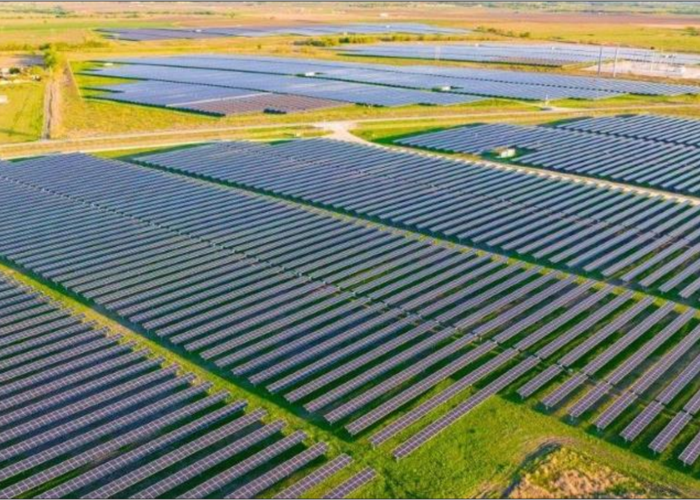3D-Micromac has developed a novel, highly productive laser system for opening the rear sides of PERC cells. Innovative on-the-fly technology makes it possible to achieve an improved cost-benefit ratio. The system is modular, combinable with different laser-source technologies, and achieves a typical efficiency increase up to one percentage point.
Problem
PERC cells are photovoltaic cells made of crystalline silicon having special, optimized rear-side passivation. A PERC cell's rear side is completely coated with a non-conductive, dielectric SiOx/SiN or AIOx/Sin layer. The task is to open this layer with the aid of point or line patterns using lasers without damaging the underlying silicon in order to later apply a metal layer for contacting.
Try Premium for just $1
- Full premium access for the first month at only $1
- Converts to an annual rate after 30 days unless cancelled
- Cancel anytime during the trial period
Premium Benefits
- Expert industry analysis and interviews
- Digital access to PV Tech Power journal
- Exclusive event discounts
Or get the full Premium subscription right away
Or continue reading this article for free
Solution
3D-Micromac relies on its ‘on-the-fly’ technology, which is claimed to offer the highest productivity with an excellent price-performance ratio, leading to an increase in cell efficiency by up to 1%. The productivity advantage is due to the handling and individual positioning procedures of the cells which are eliminated. The cells are instead transported under the laser source on a conveyor belt, which renders alignment stops superfluous. The integrated optics automatically compensates for the cells' relative motion and scribes exactly the desired pattern into the cell's sensitive rear side.
Applications
PERC cell passivation.
Platform
The system is being initially offered as a stand-alone variant; however it can also be completely integrated into existing production automation. The structuring platform from 3D-Micromac is also suitable for processing of selective-emitter, MWT, and EWT cells.
Availability
August 2013 onwards.






